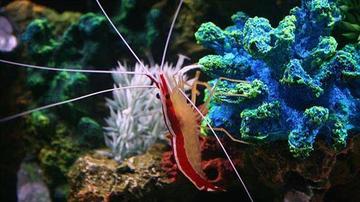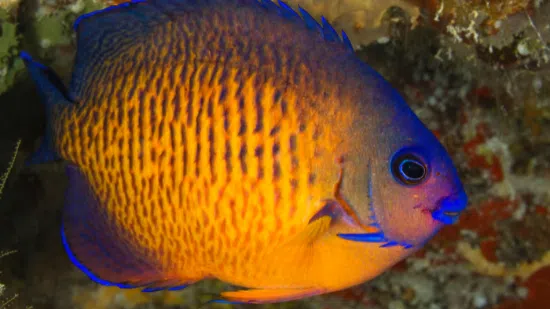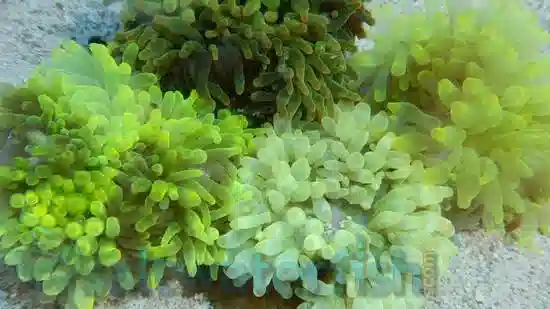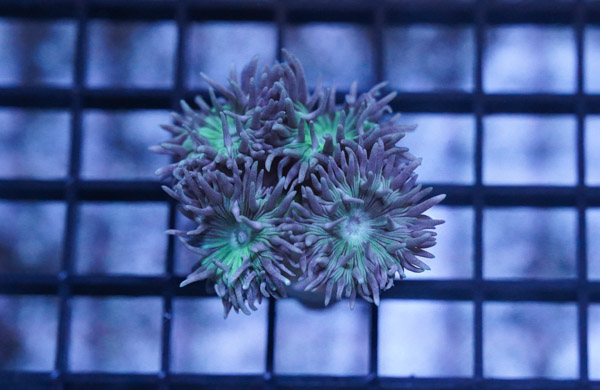These rocks have a variety of different corals attached to their surface. Each rock is different and will have an assortment of different corals including some, but not all, of the following: Star Polyps, Button Polyps, Yellow Polyps, Green Button Polyps, Yellow Button Polyps, Orange Button Polyps. Rock base is not completely covered with corals. Rock will be exposed. 2-3 small assorted corals will be attached on the rock. Unfortunately we are unable to take requests for what specific corals you would like attached to the rock.Medium to high light is recommended along with a moderate water flow.Corals are part of a biological group known as Cnidaria. Most Cnidaria have a mouth, or mouths, that opens into one big body cavity. Due to the lack of a true digestive system, this cavity acts in its place and after the food is broken down the nutrients are then sent through the rest of the body as food. There is also no excretory system; therefore the waste is sent back through the mouth or secreted into the surrounding water.Tentacles of varying size will usually surround the mouth of Cnidaria. Most Cnidaria have tentacles with stinging cells that can shoot tiny poison darts into their prey or can even be used as a defense mechanism. Some corals lack tentacles and instead cover themselves with a thin layer of mucus and use that to collect bacteria and plankton as food. Some corals even use both of these methods. Cnidaria can either be an individual animal or members of a complex colony. These "Colony Corals" share the food and nutrients taken in by each individual.Corals have tiny living organisms that actually live in their tissue. These are called zooxanthellae and they are the reason why such strong lighting is needed in the saltwater aquarium. These algae-like creatures provide the coral with oxygen and other nutrients that are produced during photosynthesis. During this process, the zooxanthellae take up carbon dioxide and provide nutrients to the coral.Corals can use two different types of defense mechanisms. One of which is a sweeper tentacle wherein the coral reaches its tentacles out to try to damage another coral with nematocysts. The other is when the coral releases a minute amount of toxin into the water to poison another coral within certain proximity. Most "Hard Corals" should not be placed within reach of another coral.












